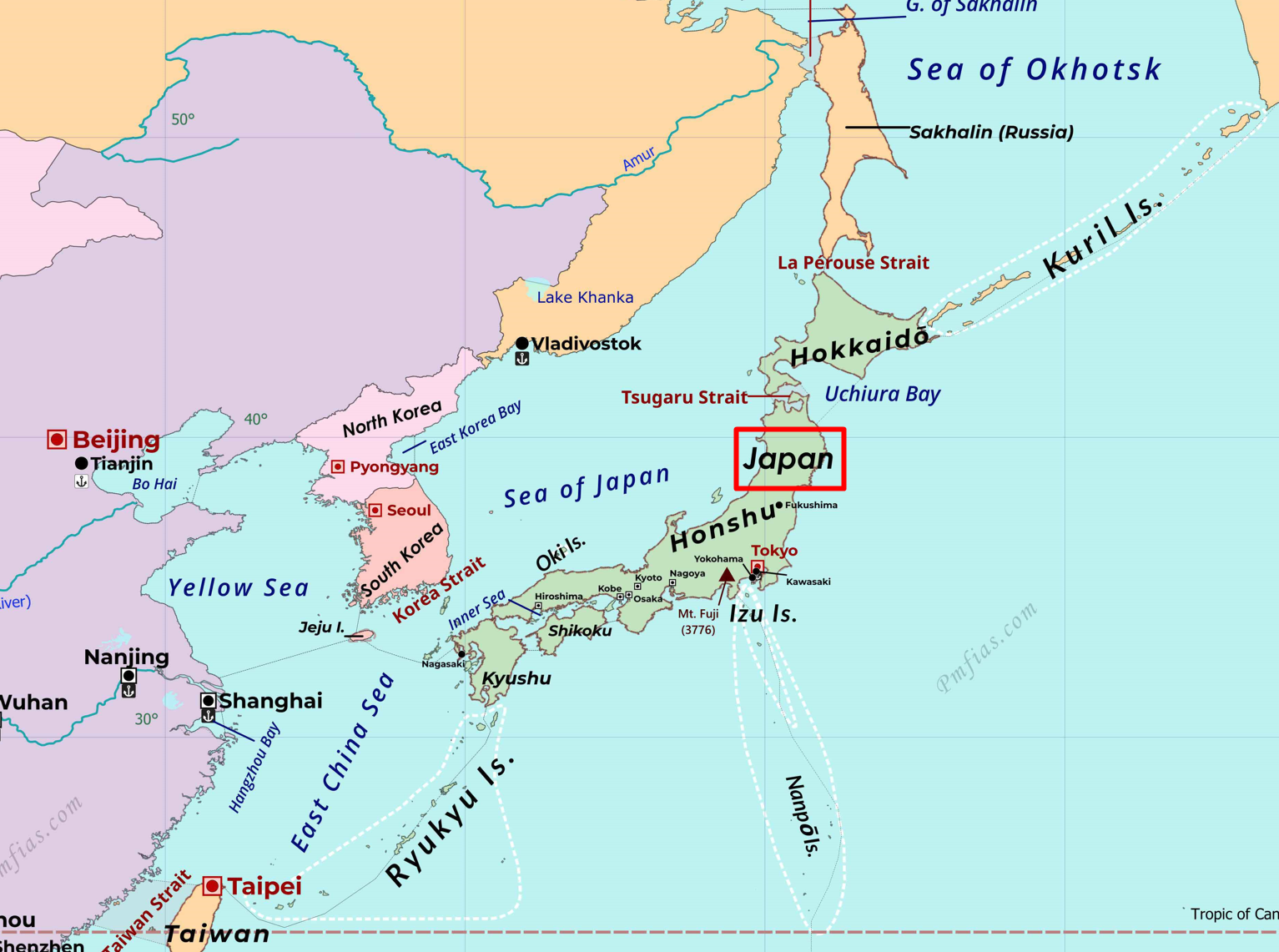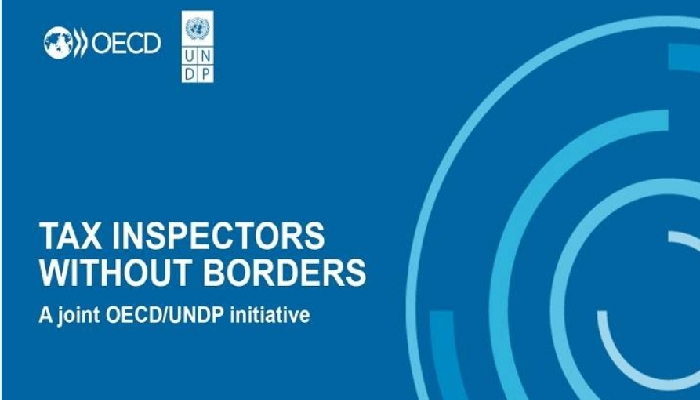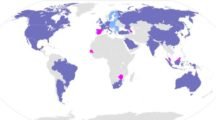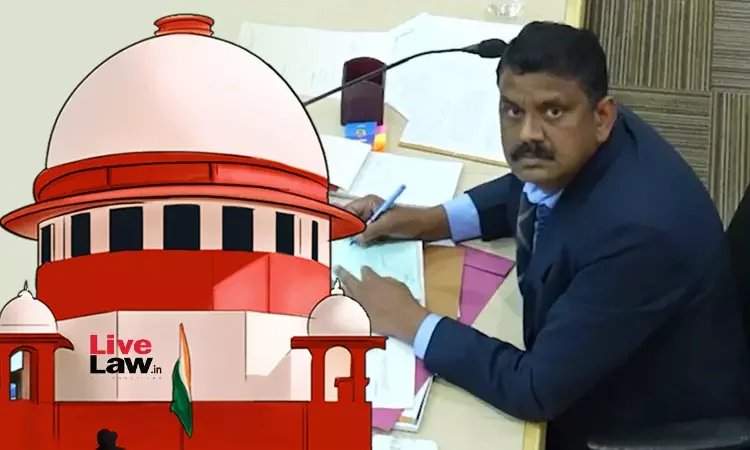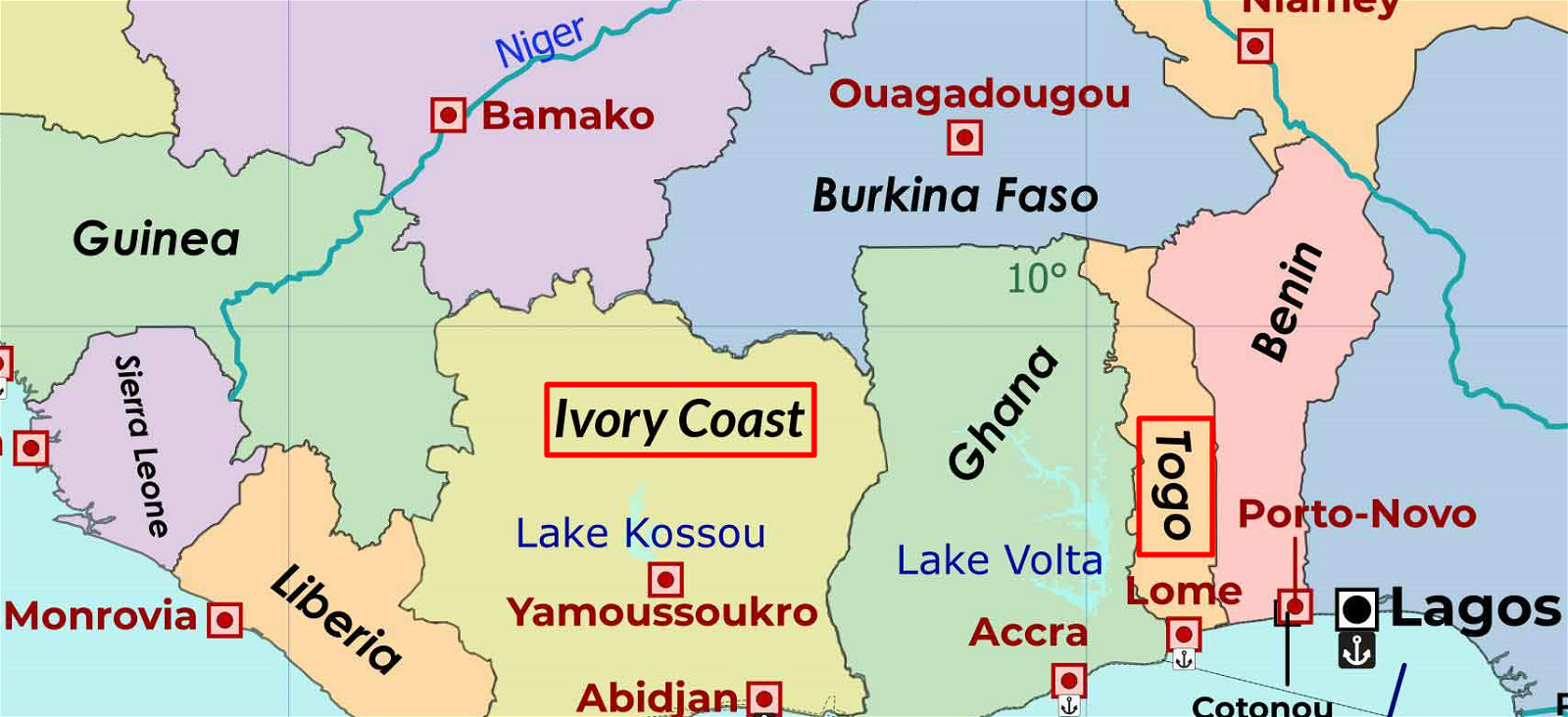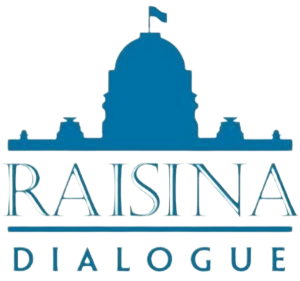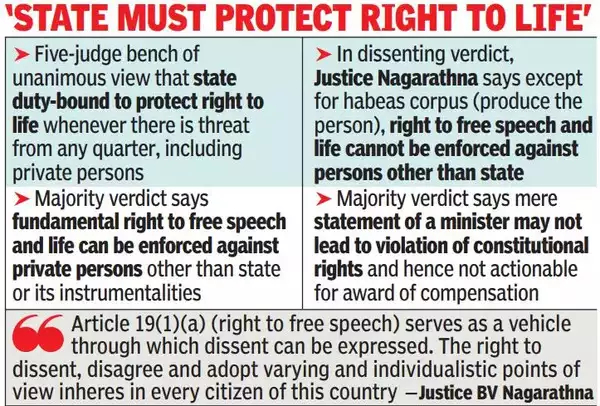
Prevention of Money Laundering Act
Subscribers of "Current Affairs" course can Download Daily Current Affairs in PDF/DOC
Subscribe to Never Miss an Important Update! Assured Discounts on New Products!
Must Join PMF IAS Telegram Channel & PMF IAS History Telegram Channel
- Context (TH | IE): The SC has recently endorsed the sweeping powers of the Enforcement Directorate (ED) under the Prevention of Money Laundering Act (PMLA).
- The PMLA, 2002 has been scrutinised for including certain offences that are not directly aimed at combating money laundering.
- Recently, the Delhi Court slammed the ED for a faulty PMLA probe and said the ED must introspect steps to ensure expeditious and fair investigations.
PMLA, 2002
About
- The PMLA, 2002 is an Act of the Parliament of India enacted to prevent money laundering and provide for the confiscation of property derived from money laundering.
- It aims to combat money laundering related to illegal activities such as drug trafficking, smuggling, and terrorism financing.
- India’s Parliament enacted the PMLA under Article 253 of the IC, which empowered it to make laws for implementing international conventions.
- This Article indicates that a law Parliament makes to implement any decision of an international body will be confined to the subject matter of that decision.
- Item 13 in the Union list of the Seventh Schedule of the IC is specific on this point.
Background
|
Objectives of PMLA
- Prevention: To prevent money laundering by implementing stringent measures and monitoring financial transactions.
- Detection: To detect and investigate instances of money laundering through proper enforcement and regulatory mechanisms.
- Confiscation: To confiscate properties derived from money laundering activities to deter offenders and disrupt illicit financial flows.
- International Cooperation: To facilitate international cooperation in combating money laundering and terrorist financing activities.
Key Provisions of PMLA
- Definition of money laundering: Section 3 defines money laundering as any attempt, assistance, or involvement in processes connected to the proceeds of crime to project it as untainted property.
- Offences and Penalties: Section 4 underlines punishment for money laundering.
- The offence of money laundering shall be punishable with rigorous imprisonment for a term not less than three years extending to seven years and shall also be liable to a fine.
- Attachment and Confiscation of Property: It allows for the attachment and confiscation of property involved in money laundering.
- It provides for the establishment of an Adjudicating Authority to oversee these proceedings.
- Reporting Requirements: It mandates entities, such as banks and financial institutions, to maintain records of transactions and report suspicious transactions to the Financial Intelligence Unit (FIU).
Agencies’ powers under the Act
- The ED in the Department of Revenue, Ministry of Finance, is responsible for investigating money laundering and property attachment offences.
- The Financial Intelligence Unit-India (FIU-IND), under the Department of Revenue, is the central agency responsible for receiving, processing, analysing, and disseminating information relating to suspect financial transactions.
- The scheduled offences are separately investigated by the agencies mentioned under respective acts.
- Example, the local police, CBI, customs departments, SEBI, or any other investigative agency, as the case may be.
Obligations under the Act
- Imposes obligations on banking companies, financial institutions, and intermediaries to verify and maintain client identity records.
- These financial firms are required to report their financial transactions to the Financial Intelligence Unit-India (FIU-IND).
Setting up of Authority
- PMLA envisages setting up an Adjudicating Authority to exercise the jurisdiction, power, and authority conferred by it.
- Under PMLA, an adjudicating authority determines within 180 days whether the properties attached by ED are involved in money laundering.
- The GoI appoints the Adjudicating authority.
- It also envisages setting up an Appellate Tribunal to hear appeals against the orders of the Adjudicating Authority and authorities like Director FIU-IND.
Special Courts under PMLA
- One or more courts of sessions are designated as Special Courts to try offences under PMLA and other related offences.
Amendments to PMLA, 2002
Amendments in 2009, 2012 and 2023
- The 2009 and 2012 amendments to PMLA gave the ED the power to take coercive action against politicians.
- In 2009, ‘Criminal conspiracy’ under (Section 120B) of the Indian Penal Code (IPC) was added to the PMLA’s schedule, among various other offences.
- This allowed the ED to enter any case where a conspiracy is alleged, even if the principal offence is not part of the PMLA’s schedule.
- For example, this helped ED to build its land-grabbing case against former Jharkhand CM, who is currently in Ranchi jail.
- This allowed the ED to enter any case where a conspiracy is alleged, even if the principal offence is not part of the PMLA’s schedule.
- In 2009, the ED also got international jurisdiction as far as tracking laundered money was concerned.
- In 2012, the PMLA was amended to move the Prevention of Corruption Act 1988 (PC Act) from Part B to Part A of the statute’s schedule.
- This applied stringent bail conditions on those accused of corruption. etc
- Part A of the statute covered offences such as waging war against the nation, trafficking in drugs, the PC Act, the Wildlife (Protection) Act, and the Immoral Traffic (Prevention) Act.
- In 2009, ‘Criminal conspiracy’ under (Section 120B) of the Indian Penal Code (IPC) was added to the PMLA’s schedule, among various other offences.
- To plug loopholes ahead of India’s proposed assessment under the Financial Action Task Force (FATF), specific changes in the PMLA,2002 were introduced in 2023-
- Defining “politically exposed persons” (PEPs) as individuals who have been entrusted with prominent public functions by a foreign country.
- This was in uniformity with a 2008 RBI circular for Know Your Customer (KYC) norms and anti-money laundering standards for banks and financial institutions.
- The government widened the list of non-banking reporting entities to allow 22 financial entities, like Amazon Pay (India) Pvt. Ltd., to verify the identity of their customers via Aadhaar under money laundering law.
- Defining “politically exposed persons” (PEPs) as individuals who have been entrusted with prominent public functions by a foreign country.
Concerns regarding the PMLA Act
Inclusion of minor and less serious offences
- Inclusion of other less serious offences in the schedule dilutes the original intent of the law.
Equates punishment for ordinary crimes with serious crimes
- PMLA equates the punishment under an ordinary crime with a severe economic offence.
- For example, with the addition of the PC Act, 1988 to the schedule of offences, PMLA applies with all its rigour to public servants.
- Thus, a public servant charged with corruption and a hard-core drug trafficker are treated alike.
Broad Definition of ‘Proceeds of Crime’
- The broad definition of ‘proceeds of crime’ provides considerable discretion to the authorities.
- The investigating authorities can misuse this discretion in determining the ‘proceeds of crime’.
Stringent Bail Conditions
- The courts deny bail to the accused because the bail provision under PMLA states that a judge can grant bail only when he is satisfied that the accused is innocent.
- This is against the Anglo-Saxon jurisprudence, which presumes a person is innocent until proven guilty.
Burden of Proof of innocence on the accused
- The burden of proof of innocence on the accused presents a prominent challenge in ensuring a free and fair trial.
Against the Federal principles and Basic structure Doctrine
- Under the PMLA, the ED can investigate without the prior consent of the concerned State.
- This is unlike other central police organisations (like the CBI), which are required to obtain the state’s consent before carrying out any policing or investigating activity.
Violation of the Fundamental Rights of Accused
- Violation of Article 21– Under PMLA, the ED does not require disclosing the details of the Enforcement Case Information Report (ECIR), which contains the allegations against the accused person.
- It is against the FR of the accused to be informed of the charges and allegations, which is a universally recognised right and is part of the right to life and liberty under Article 21 of the IC.
- Violation of Article 14– Equating the punishment of accused of minor crimes and serious economic offences is a violation of the fundamental right to equality under Article 14 of the constitution.
- Violation of Article 20(3)—The authority’s power to issue summons to ‘any person’ (including the accused) to give evidence or produce records during an investigation violates the right against self-incrimination, which is a fundamental right under Article 20(3) of the IC.
Extensive powers to the authorities
- The Act grants the Enforcement Directorate (ED) extensive powers of summons, arrest, and raids. This excessive power to the authorities can potentially lead to its misuse and overreach.
What is Money Laundering?
About
- Money laundering is a process used by individuals and organisations to conceal the origins of illegally obtained money.
- It involves making illicit funds appear legitimate through a series of transactions.
Stages of Money Laundering
- Placement is the stage where illicit funds are introduced into the financial system.
- This can involve deposits into bank accounts, currency exchanges, or purchases of valuable assets.
- Layering is the process of separating illicit funds from their source.
- This often involves transferring funds between accounts or across borders to obscure their origin.
- Integration is the final stage in which the laundered funds are reintroduced into the economy as legitimate funds.
- This involves investing in businesses, purchasing real estate, or other means of legitimising the funds.
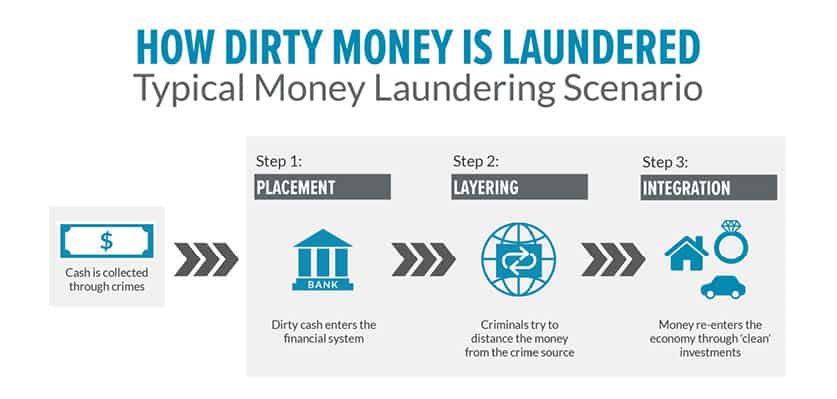
Methods of Money Laundering
- Structuring (Smurfing): Breaking up large amounts of cash into smaller, less conspicuous amounts that are then deposited into bank accounts.
- Trade-Based Laundering: Using trade transactions to move value across borders and disguise the origins of illicit funds.
- Shell Companies: Creating companies with no legitimate business activity to funnel illicit funds through legitimate-looking transactions.
- Real Estate: Purchasing real estate with illicit funds and then selling it to convert the value into legitimate assets.





![PMF IAS Environment for UPSC 2022-23 [paperback] PMF IAS [Nov 30, 2021]…](https://pmfias.b-cdn.net/wp-content/uploads/2024/04/pmfiasenvironmentforupsc2022-23paperbackpmfiasnov302021.jpg)
